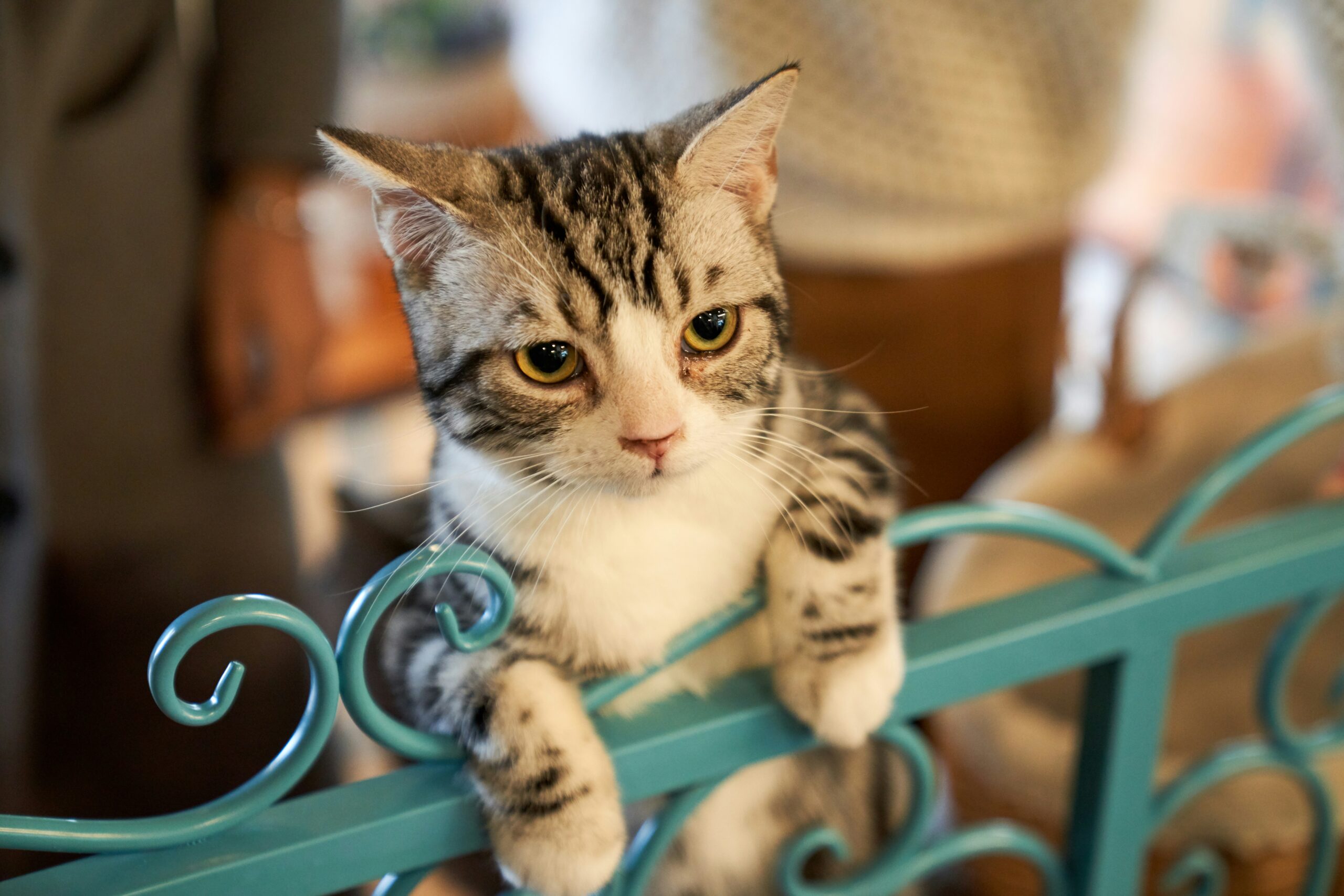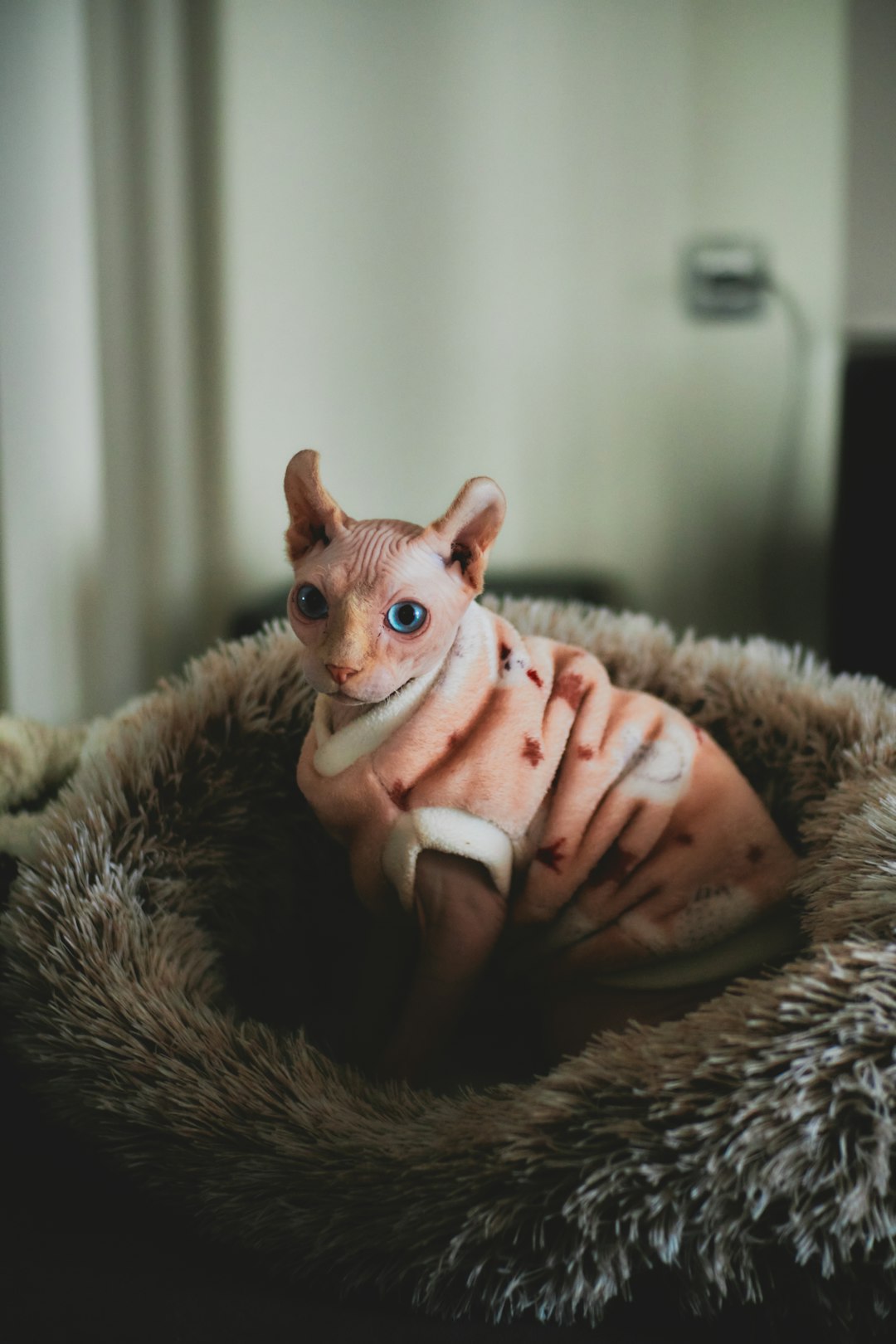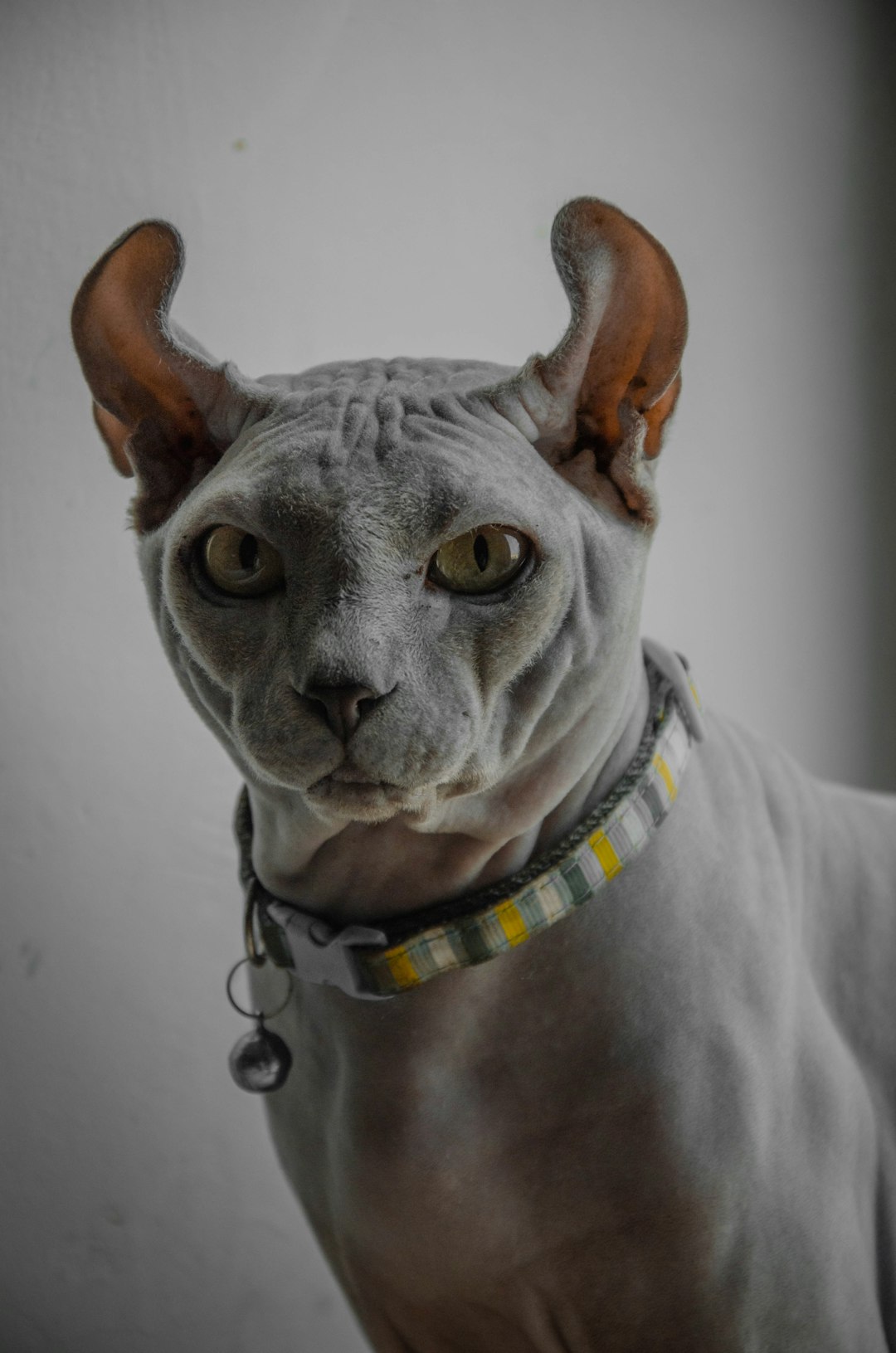Cats undergo fascinating growth stages that shape their development into cherished companions. From kittenhood to adulthood, understanding when do cats stop growing can enhance your knowledge as a pet owner. Typically, cats experience significant growth spurts during their first year, but various factors such as breed, nutrition, and health can influence their growth trajectory. By monitoring these stages, you can ensure a healthy transition for your feline friend. This guide will walk you through the entire growth process, helping you appreciate each remarkable phase of your cat’s life.
Understanding Cat Growth Stages
Understanding the growth stages of cats is essential for any cat owner. Generally, cats experience several distinct growth phases. Here’s a breakdown:
Kittens (0-6 months): During this stage, kittens grow rapidly and develop crucial social skills. They typically double their weight in the first week and continue to gain around 1-2 pounds a month.
Adolescents (6 months – 2 years): Growth slows, but kittens become more energetic and curious. Around 6 months, they begin to reach their adolescent size, and by 12 months, many have reached their near-adult weight.
Adults (2 years and older): Most cats stop growing by 12-18 months, but some larger breeds, like Maine Coons, may continue growing until 3-4 years. This brings us to our key question: when do cats stop growing?
Seniors (7 years and older): Growth stalls, and cats shift focus to maintaining health.
Being aware of these stages helps you monitor and support your cat’s development. Remember, when do cats stop growing can vary based on breed and individual health, making it vital to consult your veterinarian.
Kittens: The First Few Weeks
In the first few weeks of life, kittens undergo incredible changes. During this stage, they rely entirely on their mother’s milk for nutrition and development. Here’s what happens during these crucial early weeks:
- Growth Rate: Kittens gain weight rapidly, typically doubling their birth weight by two weeks old.
- Eyes and Ears: Kittens are born blind and deaf; they open their eyes around seven to ten days, while their ears begin to unfold by two weeks.
- Mobility: At about three weeks, they start crawling, and by four weeks, many begin to walk.
Understanding when do cats stop growing will give you insight into this rapid growth phase. Most kittens will be weaned from their mother’s milk by around eight weeks, transitioning to solid food, which plays a significant role in their continued growth.
Key Milestones in the First Few Weeks:
- 1 Week Old: Blind and deaf, relying on the mother.
- 2 Weeks Old: Eyes and ears begin to open, first signs of movement.
- 4 Weeks Old: Kittens start wandering, exploring their environment.
During these early weeks, watching their growth is vital to ensuring they develop healthily.
The Growth Spurts of Kittens
Kittens experience remarkable growth spurts during their early stages of life, which significantly influence their development. Understanding these growth patterns helps owners provide better care.
Timeline of Growth:
- Birth to 1 Week: Kittens typically double their birth weight by this time. They are entirely dependent on their mother.
- 1 to 4 Weeks: Rapid growth occurs as they begin to open their eyes and explore their surroundings.
- 4 to 8 Weeks: Kittens become more mobile, and their weight increase sharpens. They develop social behaviors and start weaning.
Factors Influencing Growth Spurts:
- Genetics: Breed can impact how quickly kittens grow.
- Nutrition: A balanced diet is crucial for healthy growth.
- Environment: A safe, stimulating environment fosters better development.
By understanding when do cats stop growing, owners can anticipate that most kittens will reach their adult size around 12 months. However, large breeds may continue growing until 18 months. Monitoring these growth spurts ensures kittens develop into healthy, well-adjusted cats.
When Do Cats Reach Their Adult Size?
Understanding when do cats stop growing is essential for any cat owner. Typically, cats reach their adult size between 12 to 18 months of age. Here’s a breakdown of growth patterns:
- Kittens (0-6 months): Rapid growth occurs, with most kittens doubling their weight in the first few weeks.
- Adolescence (6-12 months): Growth continues, but at a slower pace. By the end of this stage, many cats will have reached about 80% of their adult weight.
- Full Maturity (12-18 months): Most cats will stop growing by 18 months, becoming fully mature, although some larger breeds may continue to fill out until 2-3 years.
| Age Range | Growth Stage | Approximate Size |
|---|---|---|
| 0-6 months | Rapid Growth | 2-6 pounds |
| 6-12 months | Slower Growth | 6-11 pounds |
| 12-18 months | Adult Size | 8-15 pounds (depending on breed) |
Recognizing when do cats stop growing helps ensure they receive the appropriate care during their development phases. Always consider the unique characteristics of your cat’s breed, as some may have different growth timelines.
Differences Between Domestic and Wild Cats
Understanding the differences in growth between domestic and wild cats helps owners recognize their pets’ unique needs. Indeed, when do cats stop growing varies based on their environment. Here are key differences:
Growth Rate:
- Domestic Cats: Typically, they reach full growth by 1 to 2 years.
- Wild Cats: Depends on species but may mature faster to adapt to environmental challenges.
Size Variations:
- Domestic Cats: Average between 9 to 11 inches in height and weigh 5 to 20 pounds.
- Wild Cats: Can vary significantly; for example, a lion can weigh up to 500 pounds.
Life Expectancy:
- Domestic Cats: Generally live 12-15 years, benefiting from proper care.
- Wild Cats: Often have shorter lifespans, around 10-14 years, due to survival risks.
Understanding these differences provides insight into the growth stages and health needs of domestic cats. Consequently, knowing when do cats stop growing will help pet owners foster a healthy and happy environment for their feline friends.
Factors That Influence Cat Growth
Understanding when do cats stop growing involves considering various factors that play a crucial role in their development. Here are some key elements that influence cat growth:
Genetics: The breed of the cat significantly affects its size and growth rate. For example, Maine Coons tend to be larger, while Siamese cats are generally smaller.
Nutrition: A balanced diet rich in protein, vitamins, and minerals is essential for growth. Quality kitten food can provide the necessary nutrients to support healthy development.
Health: Undiagnosed health issues may hinder growth. Regular veterinary check-ups will ensure that your cat is healthy and growing as expected.
Environment: Stressful living conditions can impact a cat’s overall health and growth. A calm environment promotes better growth and well-being.
Spaying/Neutering: Altering a cat can influence its growth rate. Spayed or neutered cats may reach their adult size slightly earlier compared to those that are not.
In summary, various factors influence the timeline of when do cats stop growing, and understanding these can help cat owners support their pet’s growth effectively.
Nutrition’s Role in a Cat’s Development
When considering when do cats stop growing, it’s crucial to recognize the significant impact of nutrition. Proper nutrition not only supports healthy growth but also helps prevent obesity and related health issues. Here’s a look at the essential aspects of cat nutrition:
Growth Formula: Kittens require higher protein levels and specific nutrients to fuel rapid growth. Choose high-quality kitten food that meets these needs.
Life Stage Diets: As cats mature, their dietary requirements change. Adult cats benefit from balanced diets to maintain muscle mass and overall health.
Portion Control: Overfeeding can lead to obesity. Monitor portions according to the cat’s weight and size to ensure they receive the right amount of nutrients.
Hydration: Cats often neglect drinking water. Ensure they stay hydrated, as it aids digestion and nutrient absorption.
Overall, proper nutrition plays a vital role in growth stages. By ensuring your cat consumes a well-rounded diet, you can positively influence growth and overall health—helping you understand when do cats stop growing and what contributes to their development.
Health Issues Impacting Growth
When considering when do cats stop growing, it’s crucial to acknowledge that health issues can significantly affect their growth trajectory. Here are some common health problems that may impede a cat’s development:
Genetic Disorders: Some breeds possess genetic conditions affecting growth, such as dwarfism or skeletal abnormalities.
Nutritional Deficiencies: Insufficient intake of essential nutrients can stunt growth. For healthy development, ensure your cat receives a balanced diet rich in protein, vitamins, and minerals.
Hormonal Imbalances: Disorders such as hypothyroidism or hormonal insufficiency may alter growth patterns. These conditions often require veterinary intervention.
Infectious Diseases: Illnesses like Feline Leukemia Virus (FeLV) or Feline Immunodeficiency Virus (FIV) can hinder a cat’s overall growth and well-being.
Chronic Illness: Long-term conditions, such as kidney disease, may lead to stunted growth or body weight loss.
To monitor your cat’s growth effectively, maintain regular veterinary check-ups. Understanding health issues that affect growth stages will help you provide the best care for your feline friend and clarify when do cats stop growing based on their unique health journey.
Behavioral Changes During Growth Stages
Understanding when do cats stop growing is crucial, not only in terms of physical development but also regarding their behavioral changes. As kittens mature into adults, you may observe several notable shifts in their behavior:
Increased Activity: Young kittens are often more playful and energetic. As they grow, their energy levels may stabilize, leading to less hyperactivity.
Territorial Behavior: As cats reach maturity, they may become more territorial, defending their space and resources from perceived intruders.
Socialization Shifts: Kittens thrive on social interaction, but mature cats often become more selective about their companions, preferring familiar company.
Hunting Instincts: As growth occurs, cats often hone their hunting skills, showcasing more instinctual behaviors such as stalking and pouncing.
Communication Styles: Young cats tend to be more vocal. As they age, their communication may become more subtle, utilizing body language.
By observing these behavioral changes, you can better understand your cat’s growth journey and the various stages of development involved. This awareness also helps reinforce the critical question: when do cats stop growing and transitioning between these stages?
Monitoring Your Cat’s Growth Progress
Keeping track of your cat’s growth is crucial to ensure they develop healthily. Here are some practical ways to monitor their progress as you think about when do cats stop growing:
Regular Weigh-Ins: Weigh your kitten monthly. An average kitten should gain about 1-2 pounds per month until they reach around 6 months of age.
Body Measurements: Measure their length (from nose to tail) and height (to the shoulder). Take these measurements every few weeks to observe changes.
Growth Chart: Use a simple chart to record weight and measurements. This will help you visualize their growth trajectory.
Behavioral Observations: Note changes in playfulness and energy levels. A growing cat will often exhibit increased activity.
Veterinary Check-Ups: Schedule regular vet visits to assess growth and health. Your vet can provide insights on when do cats stop growing based on their breed and background.
Observing these factors will give you a clearer idea of your cat’s development and help identify any potential health issues early on.



